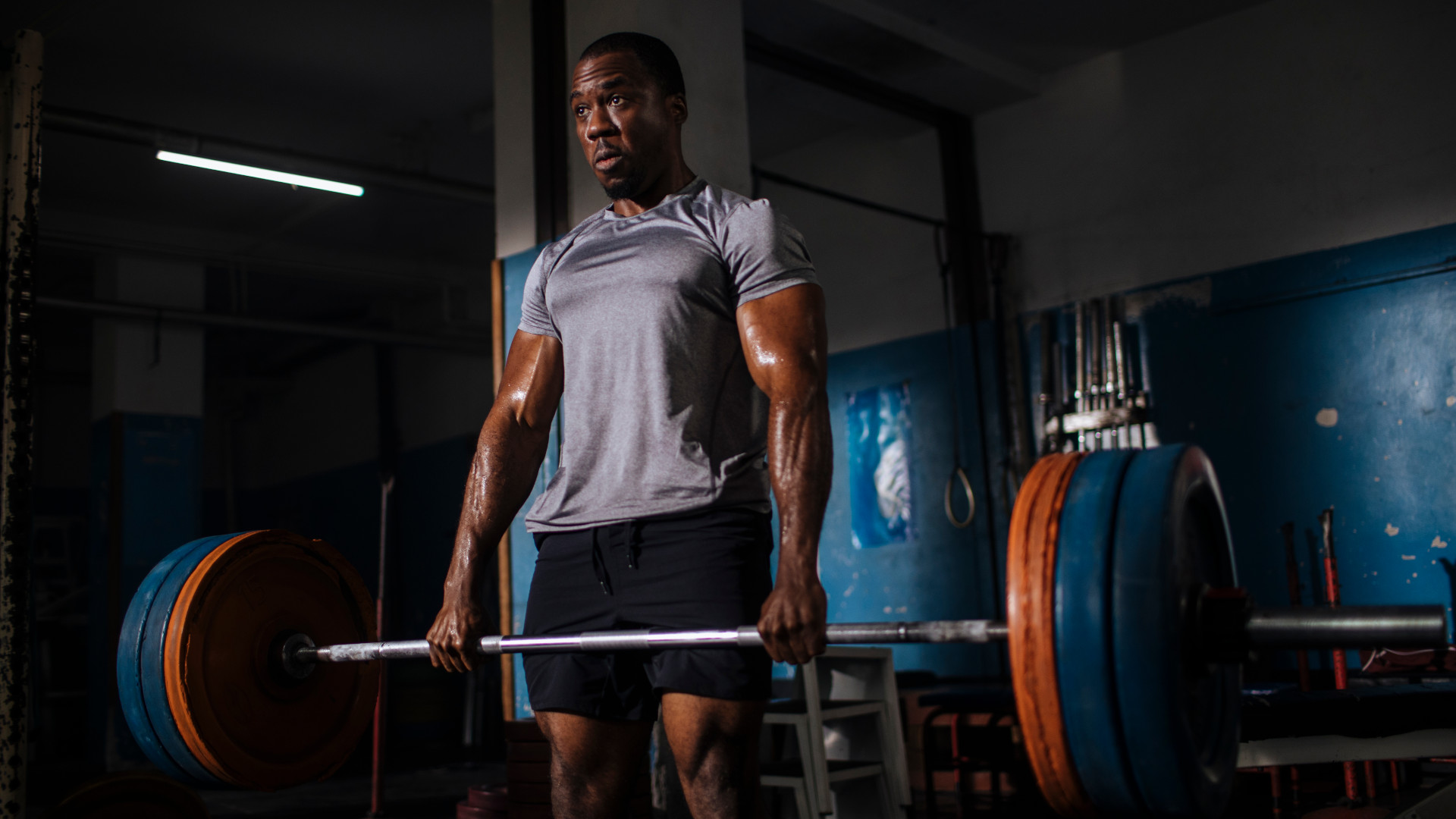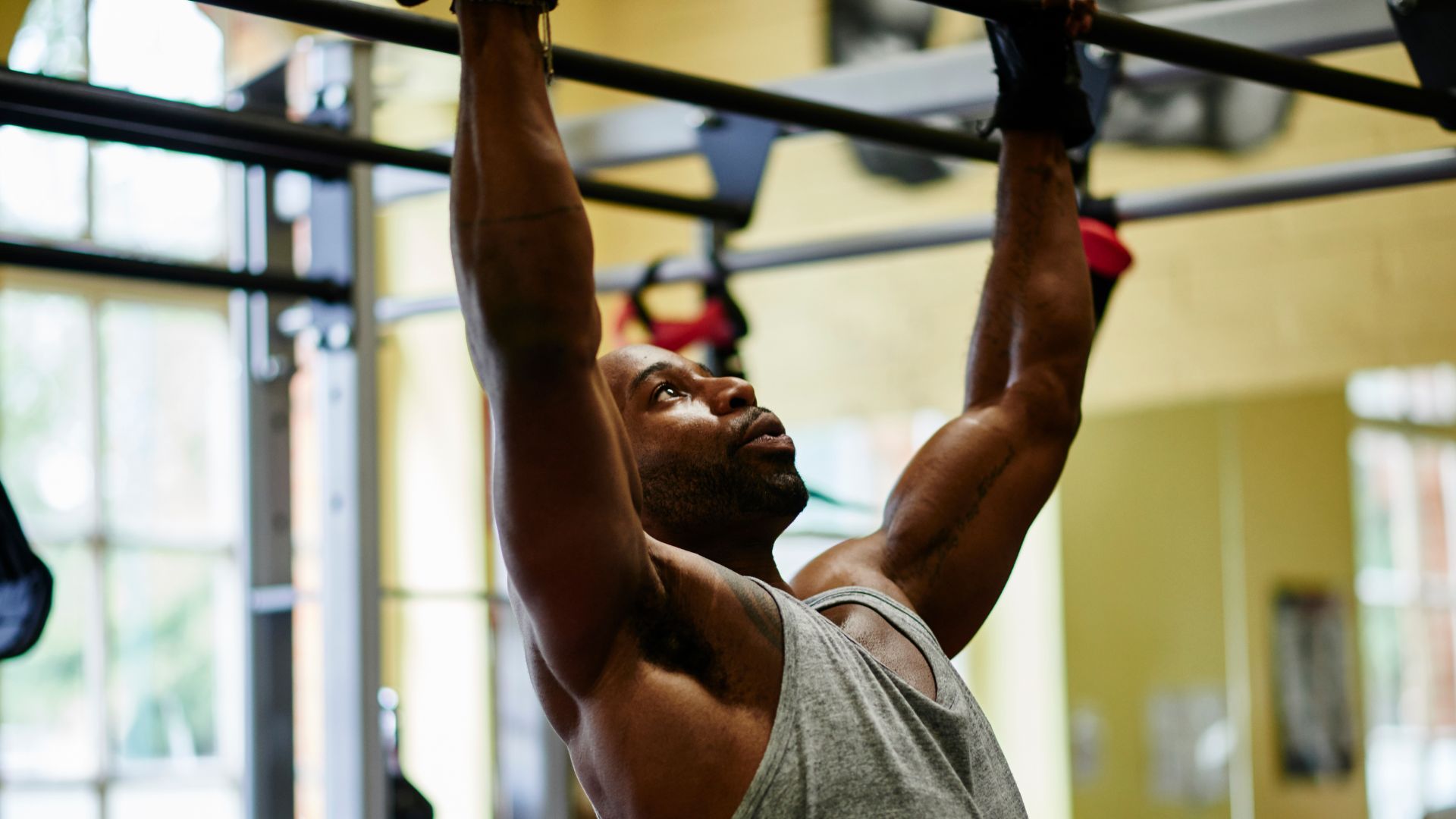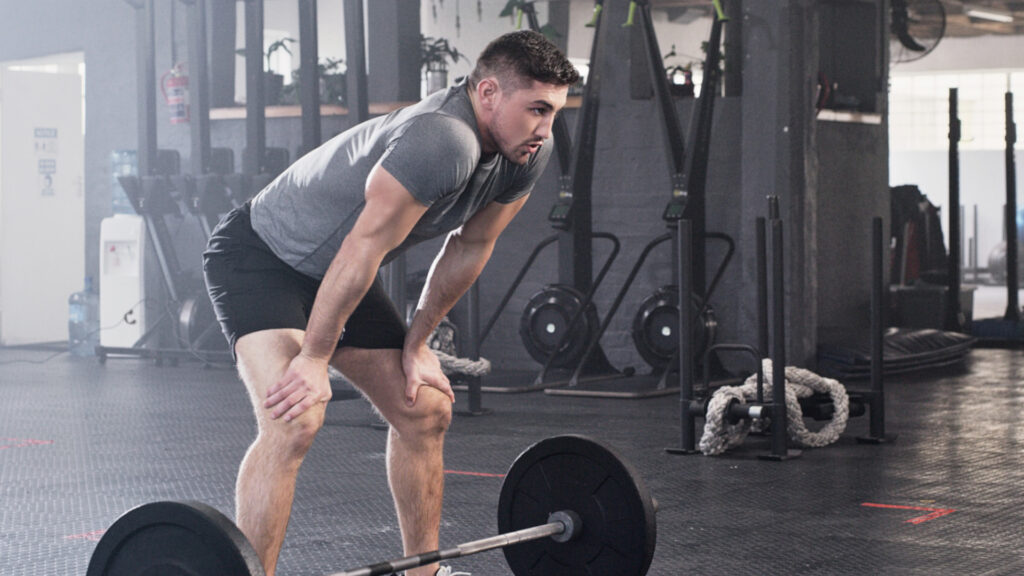How long are you resting between your sets in the gym? Do you even know, or do you just make it up as you go along? Maybe you don’t even take real rest periods (please say you do). Just as having rest days between your workouts is key for optimal performance, so is taking adequate rest between your sets.
“Rest periods are a vital part of your training programme, but many people either underestimate their importance when it comes to getting the most out of their workout,” says Reid Stafford, Senior Personal Trainer at Ultimate Performance.
FYI, a rest period is just that, you’re resting. That means no trialling out a new exercise that you saw on Instagram or squeezing in some stretches. We’d also encourage you to not fall into the trap of doom scrolling – before you know it, a two-minute rest will have turned into five. Plus, no one likes an equipment-hogger.
Stafford says rest periods are generally classified into three categories:
- Short – 30 seconds or less
- Moderate – 60-90 seconds
- Long – 120 seconds+
“The concept of resting between sets itself is fairly easy to understand, but what people underestimate is that manipulating and varying your rest times can be very effective in helping you to get the most out of your training sessions.”
For hypertrophy (building muscle)
(Image credit: Getty Images)
If the goal is to build muscle then the ‘sweet spot’ for rest between sets typically falls between 60 and 90 seconds. This is known as a moderate rest period.
“Moderate rest periods are believed to provide the ideal compromise between metabolic stress and mechanical tension,” explains Stafford. “In other words, this rest period is perfect for being able to recover from the strain and fatigue of a tough set before moving on to another set.
“It gives your body’s metabolism the right amount of time to recover and gives you the strength to grind out another set, which will stimulate muscle growth.”
Stafford also says a 60-90 second rest period will allow you to maintain a high level of ‘training density’, which is fitting as much work as possible into a specific timeframe. “With moderate rest periods, your ‘training density’ will be high, which supports the key hypertrophy drivers: mechanical tension, metabolic stress, and time spent under tension during the eccentric portion of a lift.”
That being said, Stafford says that some studies suggest that two minutes can give you a hypertrophic advantage. Your best bet is to aim between 60seconds to two minutes, and see what works best for you. Experienced lifters will most likely need longer, while beginners will be able to handle shorter rest periods. The main thing is to make sure you’re feeling recovered enough so that you can smash your next set.
For strength

(Image credit: Getty Images)
Those training for maximal strength, like powerlifters or with your compound movements (like the squat, bench press and deadlift), will require a longer rest to allow their muscles to fully recover from the dema.
Those training for maximal strength, like powerlifters focusing on big compound movements – like the squat, bench press and deadlift – will need to rest for significantly longer, as the demands placed on their muscles will be intense.
“Three to five minutes between sets is going to be optimal if you’re training for strength with low-rep ranges, like 3-6 reps,” says Strafford. “These longer periods of rest help replenish the ATP and phosphocreatine stores in your muscles, which are crucial for producing high force.” This is why many gym-goers/lifters supplement with creatine, as it helps your body produce more ATP.
“Longer rest times help your muscles to refill with energy and allow you to lift the heaviest weight possible as you progress through your sets. In fact, even when training at a slightly lower intensity (for example, around 50-80% of your one-rep maximum), longer rest periods can still offer a performance advantage.”
For muscle endurance

(Image credit: Getty Images)
There is a place for shorter rest periods, and muscle endurance is that area. “Muscular endurance primarily refers to the Type I fibres in your muscles – your slow-twitch muscle fibres that are generally more fatigue-resistant than your Type II fibres – and they’re designed to help you with sustained, long-duration activities such as distance running or cycling,” Stafford says.
He adds that 30 seconds or so can work here. Research in Sports Medicine also supports that shorter rest periods have more positive effects for muscle endurance, with 20-60 seconds being a good rest range.


